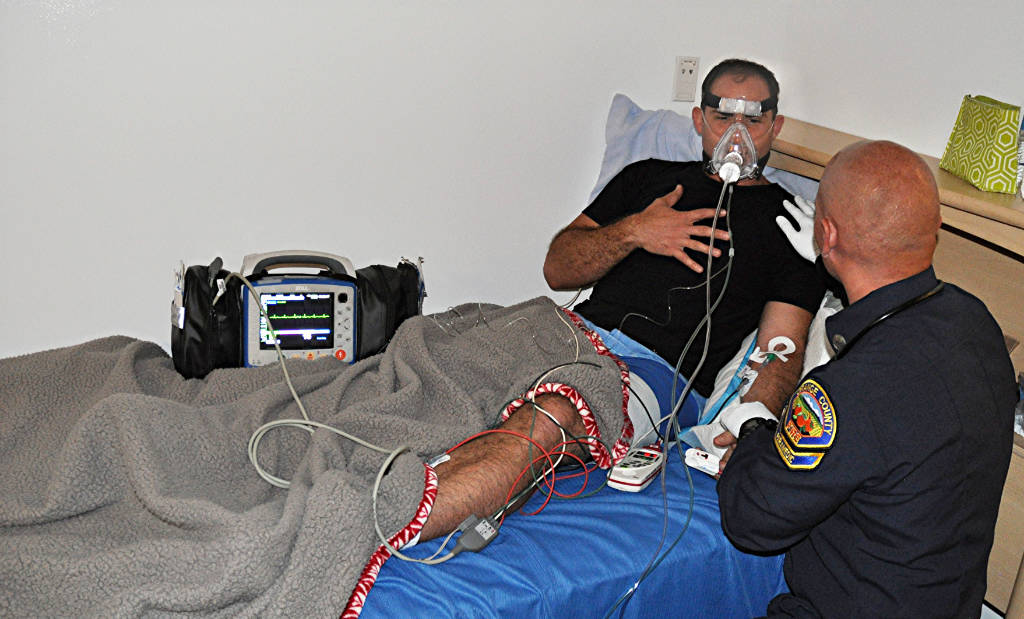
The Argument for BLS CPAP
Years ago, I authored an article in the Wisconsin EMS Association Journal titled “CPAP for Everyone.” At that time, “everyone” meant “everyone with respiratory distress.”

Years ago, I authored an article in the Wisconsin EMS Association Journal titled “CPAP for Everyone.” At that time, “everyone” meant “everyone with respiratory distress.”
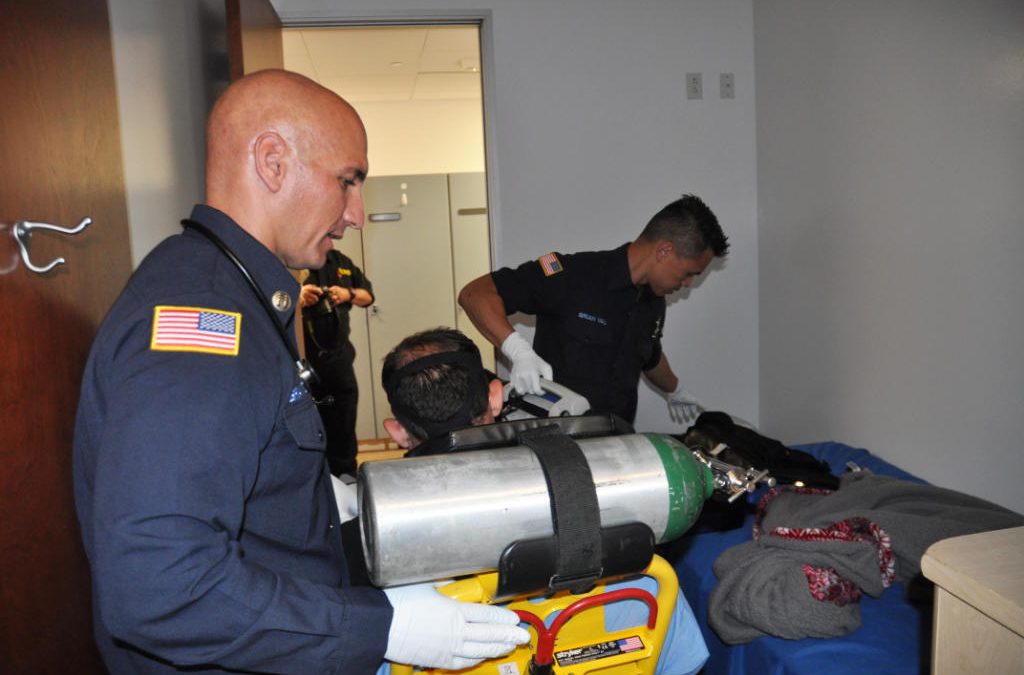
Knowing how much oxygen is in the tank could be a matter of life and death.
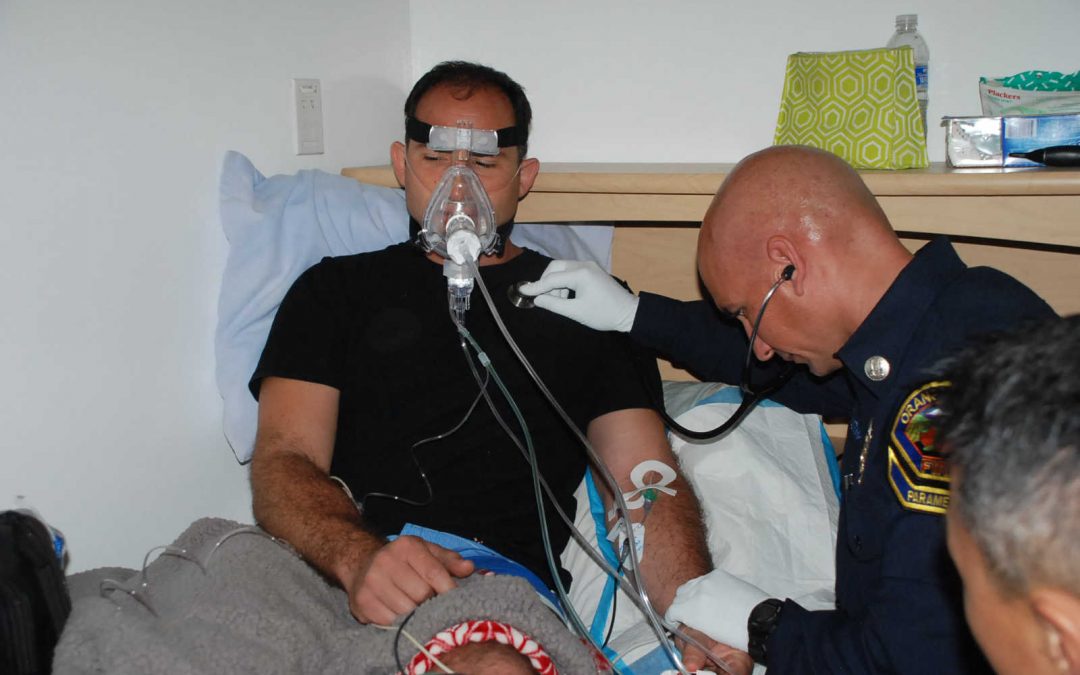
As a kid growing up in Fort Worth, Texas I had little interest in ambulances or medicine. I do remember one thing about the ambulances in the late 1960s in that they always had signs on the side that stated “oxygen equipped” in big letters.
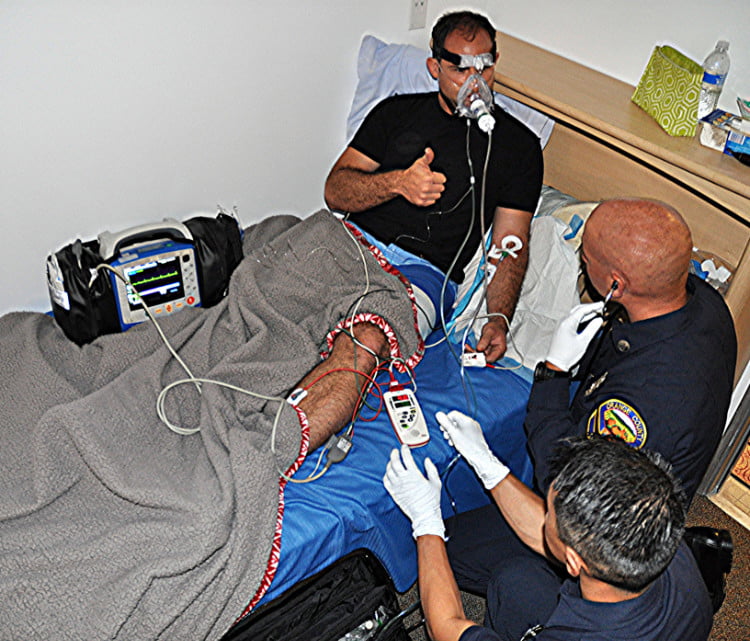
Once you’ve decided to use CPAP, and convinced your patient to cooperate, you’ll need to monitor the effectiveness of CPAP. It may be necessary to adjust your CPAP pressure, resolve significant mask leaks, reassure your patient or progress to assisted ventilation when CPAP fails.
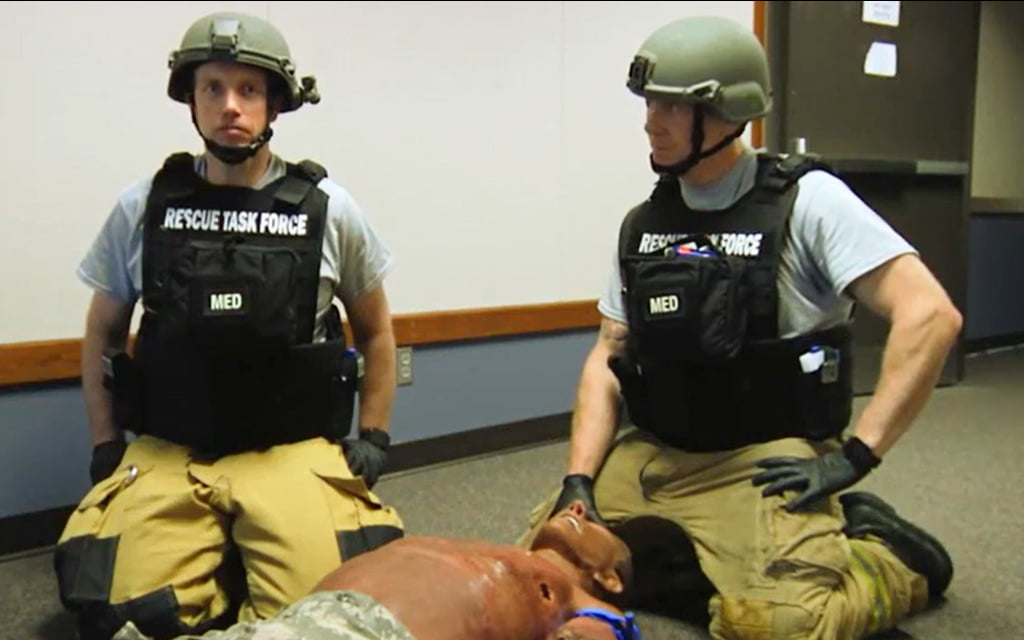
Mike Brown and Mark Litwinko discuss dealing with a patient who has a chest wound during a mass-casualty incident.
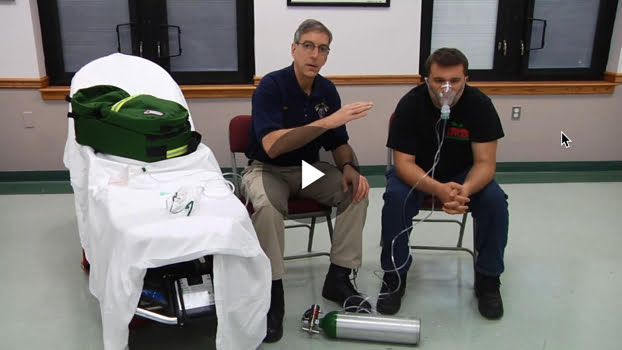
Mike McEvoy shares some tips on delivering medicine to a patient for using a small-volume nebulizer.
Recent Comments